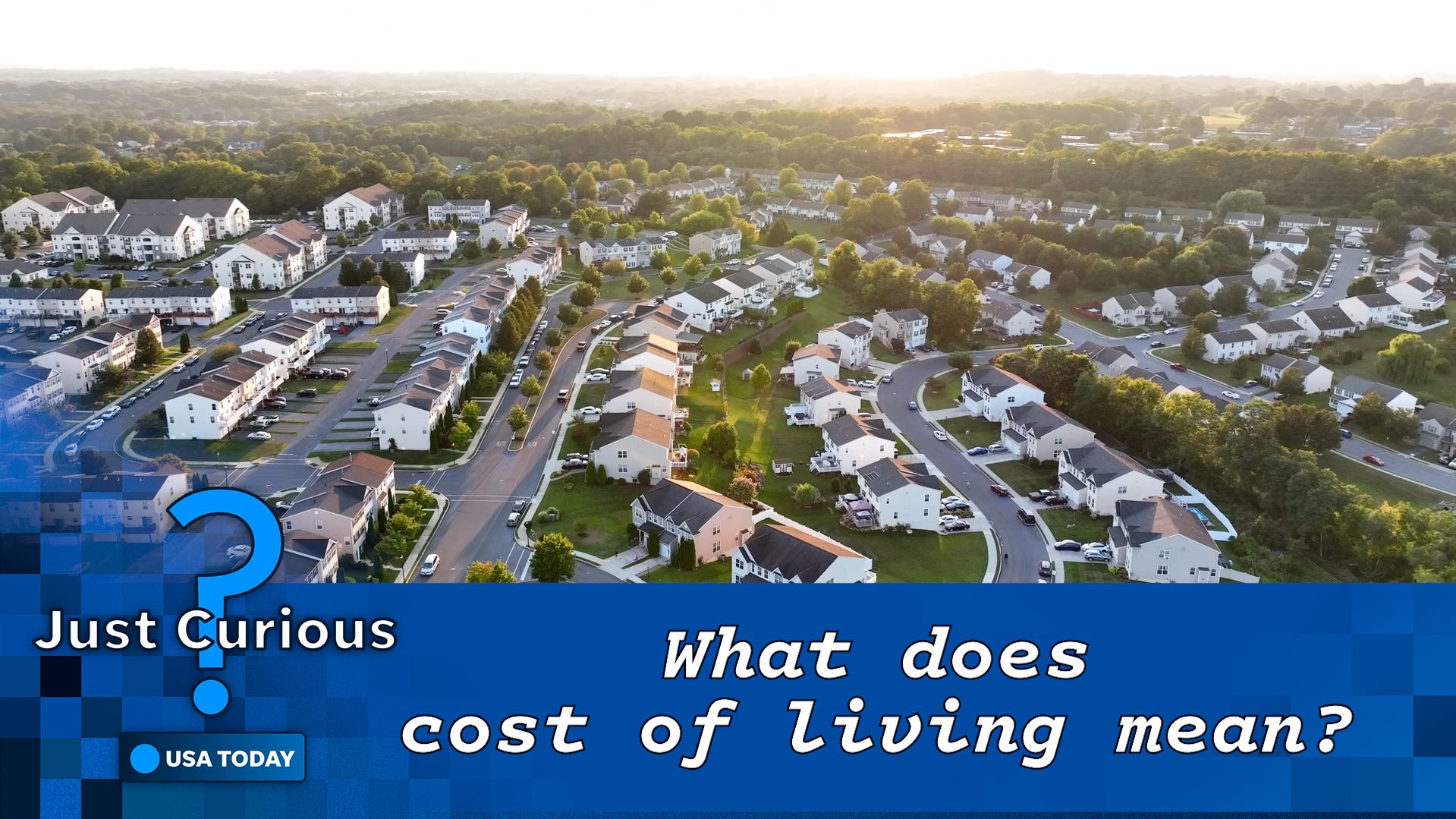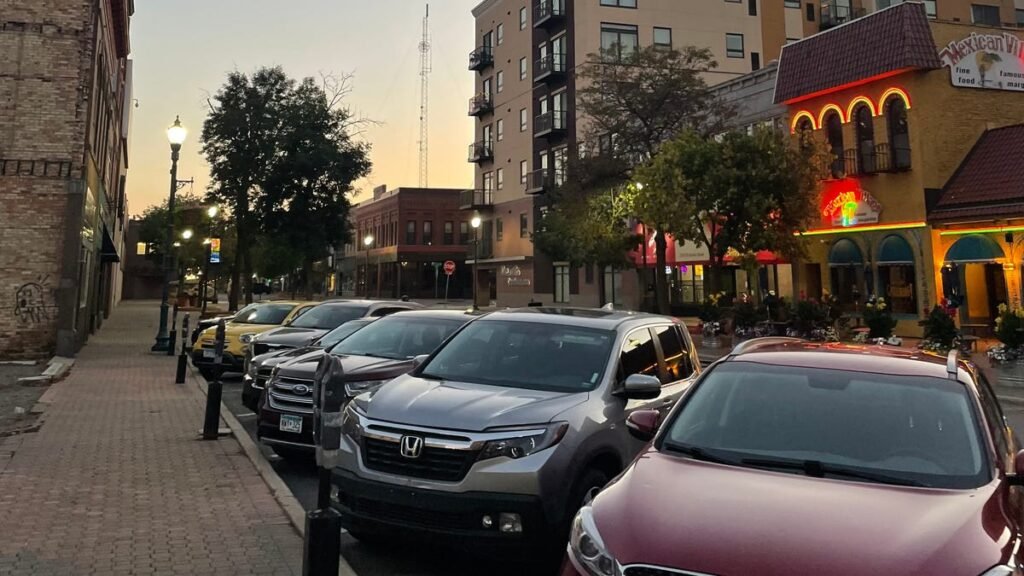
Cost of living: How to calculate and compare
The cost of living is the amount of money it takes to cover basic expenses.
Just Curious
- St. Cloud’s cost of living for the first quarter of 2025 measured slightly below the national average.
- Groceries, housing, utilities, and transportation costs in St. Cloud were below the national average, while healthcare and miscellaneous goods and services were above average.
- St. Cloud’s cost of living was lower than similar nearby cities like Rapid City and Eau Claire but higher than Minneapolis and St. Paul.
St. Cloud’s cost of living came in below the national average during the first quarter of 2025, a new report found.
The ACCRA Cost of Living Index, published quarterly by research organization The Council for Community and Economic Research, found St. Cloud’s overall cost of living measured at 96.6 points, slightly below the national average of 100.
The newest cost of living marked a slight improvement from the last quarter, which was about one point closer to the national average.
“(It’s) holding pretty steady, but it has gone down slightly since Q three of 2024,” Emily Bertram, the Chamber’s director of marketing and communications, said.
The composite index is comprised of six components: housing, groceries, utilities, health care, transportation and miscellaneous goods and services. The scores are generated based on the St. Cloud Area Chamber of Commerce’s price collections for about 61 items. The Chamber collects prices three times per year.
For the first quarter of 2025, St. Cloud’s costs of living for groceries, housing, utilities and transportation all measured several points below the national average.
Health care and miscellaneous goods and services were the only two measurements that came in above the national average, at 118.0 and 106.1 respectively, though it is unclear what may be driving the higher costs in those areas.
Across the country, 251 urban areas participated in the first quarter of 2025. St. Cloud’s overall cost of living beat other similar nearby cities like Rapid City and Eau Claire, which were nearly even with the national average.
At the same time, St. Cloud outpaced Minneapolis, St. Paul and Mankato with higher overall costs than all three cities.
Bertram said the index is also a good opportunity for people to explore what kinds of spending are most relevant to their lives, and in what cities they can save the most on those areas.
She also recommended that St. Cloud residents remember that there are often complex reasons behind why prices are a certain way, and to dive into the index’s results to learn more if they are curious.
“People are unsure of a lot of things right now, and so it’s easy to look at these numbers and jump to conclusions,” she said. “But there’s more to it than this, there’s a lot of great resources for digging a little deeper.”
Stay informed and connected: Sign up for our alerts to receive the latest updates on important news.
Teagan King covers business and development for the St. Cloud Times. She can be reached at teking@gannett.com.

